Video content is an increasingly important part of any successful digital marketing strategy. With its ability to engage audiences, create a visual connection, and build brand loyalty, video has become an invaluable tool for businesses everywhere. However, creating creative ideas for compelling videos can be challenging.
To help jumpstart your next video project, here are 20 video content ideas to boost your video marketing efforts.
Benefits of using video content for marketing
Video content has become an essential component of any successful marketing strategy. The increasing popularity of online video consumption, along with the overwhelming dominance of platforms such as YouTube, unequivocally indicates that audiences have a resolute inclination towards video as opposed to other content formats. As a result, businesses and marketers must adapt by incorporating video into their marketing efforts.
There are several benefits to using video content for marketing. Firstly, it allows companies to capture the attention of their target audience more effectively. Videos can engage viewers through compelling visuals, audio, and storytelling, making conveying messages and communicating brand values easier.
Furthermore, video marketing has proven to be highly engaging, leading to increased viewer retention and more extended periods of interaction. This engagement translates into stronger customer relations as viewers develop a greater connection and trust with the brand.
Video content also has a viral potential, with the ability to be easily shared across different channels and platforms. This allows for broader exposure and brand reach, ultimately attracting more potential customers.
Incorporating video content into a marketing strategy is crucial in the digital age. It keeps businesses relevant in a highly competitive landscape and provides a valuable opportunity to connect with audiences on a deeper level. By capitalizing on the power of video, companies can enhance audience engagement, strengthen customer relations, and ultimately drive business growth.
Types of Videos
Regarding video marketing, businesses can leverage various videos to engage their target audience. Explainer videos are widely embraced because they offer straightforward and succinct explanations of products or services. This makes them exceptionally well-suited for introducing novel concepts or illustrating the functionality of a given item. Tutorial videos, on the other hand, offer step-by-step instructions and guidance, helping viewers learn new skills or master a specific task. Unboxing videos have become incredibly popular, particularly in the realm of e-commerce. They offer a thrilling glimpse into the experience of unwrapping a brand-new product and provide potential customers with an authentic preview of what lies ahead. The rise of user-generated content on social media platforms is undeniable. Customers enthusiastically share their experiences and voice their opinions about various brands and products.
Moreover, whiteboard videos can simplify intricate concepts by utilizing visual storytelling techniques. On the other hand, time-lapse videos offer a mesmerizing means of illustrating the evolution or metamorphosis of a particular process. Ultimately, the choice of video type will depend on the goals and target audience of the marketing campaign.
01. Explainer Videos
Explainer videos are a powerful tool in video marketing strategies because they simplify complex concepts and engage users effectively. These videos serve a dual purpose of educating and entertaining the target audience, making them an indispensable part of any content marketing plan.
One of the critical benefits of explainer videos is their ability to simplify complex ideas or processes. Explainer videos effectively communicate a clear and concise explanation that viewers easily comprehend, whether it involves explaining a new technology, demonstrating a complicated product, or breaking down a complex concept. By making information more accessible and user-friendly, explainer videos can effectively engage the audience and make them more receptive to the message.
Moreover, explainer videos effectively showcase the best ways to use products and services. By visually demonstrating the features and benefits of a product or service, companies can effectively communicate their value proposition and increase customer engagement. Whether highlighting the unique selling points or showcasing real-life examples, explainer videos provide a hands-on experience that helps potential customers make informed purchase decisions.
Overall, explainer videos are invaluable for businesses looking to simplify complex concepts, engage users, and effectively showcase their products or services. Companies can significantly enhance their video marketing strategies by integrating explainer videos. This approach allows them to produce user-friendly content that genuinely connects with their desired audience, resulting in heightened engagement and impressive outcomes.
02. Tutorial Videos
Tutorial videos are a popular type of video content that provides step-by-step instructions on how to do something. These videos are designed to educate and guide viewers on various subjects within a specific market niche. Tutorial videos are a valuable resource for people looking for information and guidance, whether they want to learn a new skill, see a DIY project in action, or understand a complex process.
When creating tutorial videos, it is vital to consider the subject and complexity levels. The subject aligns with the interests and needs of the target audience. Video creators can attract a more engaged and interested audience by choosing tutorials relevant to their market niche. Additionally, creators should consider the complexity levels of the tutorials. It is crucial to balance providing valuable information and overwhelming viewers. Tutorials should be easy to understand and replicate, even for beginners.
Objective and clear instructions are also crucial components of successful tutorial videos. Viewers rely on these videos to learn something new or solve a problem. Therefore, the content should be presented in a structured and coherent manner. Including visual aids, such as on-screen captions or graphics, can further enhance the clarity of the instructions.
Overall, tutorial videos are an effective way to provide valuable information and engage with viewers. By selecting the proper subject matter, considering complexity levels, and delivering objective and clear instructions, tutorial videos can become a powerful tool for educating and assisting the audience.
03. Unboxing Videos
Unboxing videos have become a sensation in the world of video content. These videos showcase unpacking and revealing a product, creating an engaging and captivating viewing experience. Unboxing videos are fascinating because they can ignite thrill and anticipation within viewers, allowing them to witness the exhilarating moment of revealing a brand-new item.
Platforms like YouTube have played a significant role in popularizing unboxing videos. Content creators have recognized the potential for high audience engagement and have harnessed this by creating their unboxing videos. These videos serve as a platform to showcase various products while also giving viewers an exclusive opportunity to see the item’s packaging, contents, and features up close.
One key aspect that adds to the appeal of unboxing videos is the use of third-party individuals. These videos provide a more relatable perspective by involving someone outside of the company or brand. Viewers can connect with the excitement and emotions experienced by the person unboxing the product, creating a sense of authenticity and trust.
For marketers and businesses, unboxing videos offer a valuable opportunity to promote their products. By collaborating with content creators or influencers, they can reach a wider audience and benefit from the engagement and excitement generated by these videos.
In summary, unboxing videos are a popular and effective way to showcase products and engage audiences. By tapping into the influence of external viewpoints and utilizing platforms such as YouTube, content creators, and brands can produce compelling and engaging content that deeply connects with audiences and generates genuine enthusiasm for their offerings.
04. Whiteboard Videos
Whiteboard videos have become a popular tool in video marketing strategies due to their unique and visually appealing storytelling style. These videos typically feature a skilled artist drawing on a whiteboard or similar surface while presenting information or telling a story.
One of the significant benefits of using whiteboard videos in marketing is their ability to captivate and engage the audience. Combining visual elements and storytelling creates a compelling narrative that captures viewers’ attention and keeps them interested in the content. The format employed here enables the communication of intricate ideas or concepts straightforwardly and lucidly, ultimately facilitating the intended audience’s comprehension and retention of information.
Moreover, whiteboard videos are cost-effective compared to other types of video content. They require minimal production equipment, such as a camera, tripod, and good lighting, making them more accessible for businesses with limited resources. Additionally, using a skilled artist to create the visuals adds a touch of creativity and professionalism to the videos.
To create an impressive whiteboard video, you need a camera or smartphone that can record videos, a reliable tripod to keep your shots steady, adequate lighting to improve visibility, and, above all, an artist with exceptional skills to craft visually captivating drawings. Investing in these tools and working with a talented artist will ensure that the whiteboard videos effectively convey the desired message and engage the target audience.
Incorporating whiteboard videos into video marketing strategies can be a powerful way to communicate messages visually, compellingly, and cost-effectively. By leveraging this unique format, businesses can effectively engage their audience, explain complex ideas, and achieve their marketing goals.
05. Time-Lapse Videos
Time-lapse videos are an incredibly impactful tool in the world of video marketing. Their capability lies in capturing and presenting the complete journey of a project, illustrating its transformation from inception to breathtaking finalization. The condensed and visually captivating format of a time-lapse video maximizes engagement and leaves a lasting impression on viewers. Experience the magic of witnessing projects unfurl before your eyes, with all the hard work, dedication, and transformation condensed into a mesmerizing visual journey. Time-lapse videos provide a distinct viewpoint by capturing frames at specific intervals and presenting them at an accelerated pace. This engaging technique showcases the evolution of a project within a condensed timeframe, captivating the audience.
One of the main advantages of time-lapse videos is their ability to highlight the intricate details and transformations throughout the project process. Time-lapse videos possess an extraordinary capacity to document each phase of a project, be it the birth of a product or the metamorphosis of a space. They offer viewers a profound insight into the project’s evolution, ensuring a comprehensive understanding of its development. This visual storytelling technique adds a dynamic element to the content, making it more engaging and memorable for the target audience.
Time-lapse videos can be used in various industries and contexts. For example, product demonstrations can showcase the assembly or construction of a product in a visually appealing way, highlighting its key features and functionality. Time-lapse videos are a compelling way to showcase the remarkable transformation of spaces and buildings in the construction and architecture sectors. From the initial stages to the ultimate completion, these videos brilliantly encapsulate the progress and artistry involved, enabling viewers to witness the entire journey in a visually captivating fashion.
In video games, speed-run videos utilize the concept of time-lapse to showcase the player’s skill in completing a game as quickly as possible. These videos captivate gamers and attract a wider audience interested in the competitive and impressive feats achieved within the gaming community.
Time-lapse videos are precious in video marketing because they offer a condensed and visually captivating way to showcase projects, products, and gaming achievements. By condensing time, they capture the audience’s attention and effectively convey the process and progress involved in various endeavors.
06. Product Videos
Product videos are an essential tool in video marketing strategy, as they effectively showcase the features and benefits of a product. These videos aim to create desire in potential customers by highlighting how the product fulfills their needs and solves their problems.
One type of product video is a demonstration video, showcasing the product in action. These videos convey how the product works and can be used in different situations. By visually demonstrating the product’s functionality, customers can better understand its capabilities, which increases their confidence in making a purchase.
Another type of presentation highlights tangible products’ dimensions and functionalities. This type of video offers a comprehensive product perspective, enabling prospective customers to visualize its dimensions and design fully. This visual representation enhances the customer’s perception of the product, making it more appealing and desirable.
Moreover, product videos have the power to connect with customers on an emotional level. By telling a compelling story or creating a relatable scenario, these videos can evoke emotions and build a strong connection with the audience. Establishing a solid emotional connection with customers is pivotal in enhancing sales conversions. When individuals experience a profound personal and emotional bond with a product, they are more inclined to purchase it.
Product videos are a valuable asset in any video marketing strategy. They effectively showcase the features and benefits of a product, create desire in potential customers, and connect with them on an emotional level. By utilizing product videos, companies can enhance their sales conversions and ultimately achieve their business goals.
07. Instructional Videos
Instructional videos are an indispensable asset in video marketing strategies because they provide viewers with clear, easy-to-follow instructions on product usage or task completion. These videos serve as valuable resources for customers needing to become more familiar with a product’s features or how to use it properly.
When creating instructional videos, it’s essential to break down complex processes into simple, easy-to-follow instructions. This ensures that viewers can quickly grasp and apply the presented information in real-life situations. By providing clear and concise instructions, instructional videos help viewers overcome any barriers or challenges they may face in using the product.
Some famous examples of instructional videos include product tutorials, DIY tutorials, and step-by-step guides. Product tutorials showcase the features and functionalities of a product, giving viewers an in-depth understanding of its capabilities. DIY tutorials guide completing various projects or tasks, allowing viewers to learn new skills. Step-by-step guides break down complex processes into manageable steps, making it easy for viewers to follow along and achieve desired outcomes.
Incorporating instructional videos into video marketing strategies can significantly enhance customer experience and satisfaction. By providing valuable educational content, these videos empower viewers to make the most of their purchases and overcome challenges. This, in turn, builds trust and loyalty among customers, leading to increased brand credibility and customer retention.
08. Music Videos
Music videos play a crucial role in any effective video marketing strategy. They offer a unique opportunity for musicians to connect with their audience, showcase their talent, and promote their music in a visually captivating manner.
One of the key benefits of music videos is the ability to establish a solid emotional connection with viewers. By combining music and visuals, musicians can convey their message and evoke powerful emotions in their audience. This connection often leads to increased engagement and a deeper relationship with potential fans.
When creating music videos, there are a few tips to remember. Firstly, ensure that the video aligns with the style and genre of the music. The visuals should enhance the overall experience and complement the sound. Secondly, make sure the video has a strong concept or storyline. This will help to captivate viewers and keep them engaged throughout the video.
There are also various types of music videos that musicians can explore. Theatrical videos often include dramatic performances and elaborate sets, while acoustic tracks provide a more intimate and stripped-down experience. Remixes, covers, and lyrical videos are popular ways to engage with the audience and showcase creativity.
Music videos offer a powerful medium for musicians to express themselves, connect with their audience, and leave a lasting impression. By incorporating a well-thought-out video marketing strategy, musicians can effectively promote their music and reach a wider audience.
09. Scenes Video
Scenes videos are a powerful addition to your video marketing strategy as they offer a behind-the-scenes look into your brand, products, or services. These videos provide a sense of authenticity and transparency that can powerfully resonate with your target audience.
One type of scene video is the behind-the-scenes video, which takes viewers on a journey through making a product or creating a service. This type of video allows you to showcase your company’s expertise, attention to detail, and dedication to quality. It also humanizes your brand by introducing the real people behind the scenes who contribute to its success.
Live-action videos are another example of scene videos. They capture real-life scenarios of your products or services in action. By showcasing real people using your offerings in their everyday lives, you can provide your audience with a relatable and authentic experience. This type of video can build trust and credibility with potential customers.
Event videos are also popular scene videos. They document special occasions, conferences, trade shows, or product launches. Event videos allow you to share the excitement and energy of these events with your audience, even if they couldn’t attend in person. It gives them a glimpse into the unique experiences your brand provides.
To make scene videos more engaging, consider incorporating animation or visual effects. These elements can tell a story, add excitement, or highlight specific features or benefits. They can enhance the overall message of your video and grab the viewer’s attention.
Including scene videos in your video marketing strategy can add authenticity, showcase real people and settings, and create stronger connections with your audience. By leveraging behind-the-scenes, live-action, and event videos, your potential customers can better understand your brand and offerings.
10. Video Games
Video games have become a popular and effective form of content in marketing strategies. They offer a unique and engaging way to connect with the audience and create a sense of community. Various types of video games can be utilized in marketing campaigns to captivate and interact with the target audience.
Firstly, educational games can be used to provide informative and instructional content. These games can teach the audience valuable skills, explain complex concepts, or interactively showcase products and services. By incorporating educational video games into marketing strategies, companies can engage their audience while delivering valuable information.
Secondly, interactive games allow the audience to actively participate and make choices that affect the game’s outcome. This level of interactivity creates a more immersive experience and keeps the audience engaged for extended periods. It allows them to feel connected to the brand and its message, fostering a stronger sense of loyalty and excitement.
Furthermore, multiplayer games promote a sense of community by allowing players to engage and interact with each other. This can be leveraged in marketing strategies to unite like-minded individuals, foster discussions, and build a loyal fan base. Companies can leverage the social aspect of video games and foster a strong and cohesive community by providing opportunities for players to connect, collaborate, and compete with one another.
Video games offer a powerful and engaging medium for marketing strategies. Through different types of games, marketers can deliver educational content, provide interactive experiences, and create a sense of community among the audience. By incorporating video games into their campaigns, companies can boost audience engagement, foster brand loyalty, and generate excitement around their products or services.
11. Introductory Video
An introductory video is a crucial component of any successful video marketing strategy. Its purpose is to introduce potential customers to a brand or product and leave a lasting impression by engaging the audience and creating a solid first impression; an introductory video can convert viewers into loyal customers.
To engage potential customers, an introductory video must captivate their attention from the very beginning. This can be achieved through visually compelling footage, dynamic animations, or an intriguing narrative. The video’s opening seconds should instantly grab the viewer’s attention and entice them to continue watching.
Moreover, an introductory video should communicate the brand’s value proposition. It should highlight the unique features, benefits, and solutions that the brand or product can offer. The video establishes a connection and sparks interest, showcasing the value customers can gain; additionally, including a call to action in the introductory video is essential. It guides potential customers toward the next step, encouraging them to take action, such as visiting a website, subscribing to a newsletter, or purchasing. The call to action should be clear, concise, and compelling, motivating viewers to act immediately.
In conclusion, an introductory video in the context of video marketing serves as the first point of contact with potential customers. Through captivating visuals, a clear value proposition, and a compelling call to action, it engages viewers and creates a solid first impression. An introductory video can convert potential customers into loyal brand advocates by incorporating these essential elements.
12. List Videos
List videos are a powerful tool to incorporate into your video marketing strategy. These videos, commonly found on platforms like YouTube, feature a countdown-style format where various items are presented in a specific order. Creating compelling list videos involves a structured approach to engage your audience and keep them watching.
First, begin with a short introduction that sets the stage for the list. Clearly state the topic and why it is relevant to your target audience. This introduction should quickly grab the viewer’s attention and establish the purpose of the video.
Next, introduce each item on the list, whether it’s a top ten list of favorite or most minor favorite things, tips, books, articles, or inspiring behaviors. Present each item in visually appealing images, graphics, or footage to enhance the viewer’s experience.
As you review the list, comment on why each item is in the chosen order. This adds value to the video and gives viewers insights or explanations behind your ranking. These comments can be informative, entertaining, or even controversial, depending on the tone and purpose of your video.
Lastly, ensure that the overall pacing and flow of the list video are engaging. Use transitions or animations between each item to maintain visual interest and create a seamless viewing experience.
Creating list videos for your video marketing strategy can be a fun and effective way to captivate your audience. By following these steps and incorporating the chosen order, you can create compelling content that keeps viewers engaged and coming back for more.
13. Customer Q&A and FAQ Videos
Customer Q&A and FAQ videos are an excellent way to provide valuable information to potential customers. By addressing common questions and concerns, you can establish yourself as an authority in your industry and build trust and credibility with your audience.
One of the main benefits of creating customer Q&A and FAQ videos is that they provide a platform for addressing the most frequently asked questions. This lets you provide accurate and detailed answers, helping potential customers make informed decisions.
Additionally, presenting this information in video format can be highly engaging and easily digestible. Videos allow you to visually demonstrate concepts, showcase product features, or provide step-by-step instructions, enhancing the viewer’s understanding.
By consistently creating customer Q&A and FAQ videos, you can establish yourself as a valuable resource for your target audience. This builds trust and credibility and encourages potential customers to see you as an expert in your field.
Furthermore, these videos can be shared across various social media channels and platforms, increasing your reach and visibility. When potential customers see that you are actively addressing common questions and concerns, they are more likely to perceive your brand as trustworthy and reliable.
In summary, customer Q&A and FAQ videos are powerful tools to provide valuable information to your target audience. By addressing common questions and concerns in an engaging and informative, you can build trust and credibility and establish yourself as an authority in your industry.
14. User-Generated Content
User-generated content (UGC) plays a significant role in video marketing, as it allows brands to leverage the power of their customers’ creativity and authenticity. UGC refers to any content created and shared by users or customers rather than the brand itself.
The importance of UGC lies in its ability to boost a brand’s reputation and credibility. When customers create content featuring a brand’s products or services, it serves as a genuine endorsement of their favorable experiences. This form of social proof can significantly influence potential customers’ purchasing decisions. UGC showcases real-life experiences and testimonials, which consumers highly trust.
Examples of UGC videos include unboxing videos, where customers share their excitement and first impressions of a product. Reviews and testimonials are also popular forms of UGC, allowing customers to share their honest opinions and recommendations. Inspirational posts, such as videos showcasing how a brand has positively impacted a customer’s life, are another impactful form of UGC.
To gather UGC footage, brands can actively encourage their customers to create and share content by hosting contests or offering incentives. Collaborating with influencers in your field can boost the creation of user-generated content (UGC). They can produce content showcasing your brand and motivate their followers to do the same.
Overall, by incorporating user-generated content into their video marketing strategy, brands can increase their reputation and credibility by showcasing content created by their customers. UGC offers a distinctive chance to establish a deeper connection with the audience, fostering a sense of community and trust. Consequently, this leads to a higher level of engagement and increased conversions.
15. Interactive Videos
Interactive videos have revolutionized how brands engage with their audiences in video marketing. Unlike traditional static videos, interactive videos allow viewers to participate and engage with the content actively, creating a more immersive and memorable user experience.
One of the key advantages of interactive videos is the ability to incorporate interactive elements that encourage audience engagement. By incorporating elements like quizzes, polls, and hotspots into a video, viewers can be strategically engaged and motivated to actively participate and make choices. This dynamic approach effectively transforms passive viewers into enthusiastic participants.
For example, quizzes can test viewers’ knowledge or gather feedback on specific topics. Polls allow audiences to vote and express their opinions, providing valuable insights for brands. Hotspots are clickable areas within the video that can provide additional information or link to relevant content, enhancing the overall user experience.
By incorporating interactive videos into a video marketing strategy, brands can benefit from increased viewer retention and improved brand interaction. Interactive videos captivate and hold viewers’ attention longer, as they are actively involved in the content. This increased engagement leads to a deeper connection with the brand, potentially leading to higher conversion rates and brand loyalty.
In conclusion, interactive videos offer a dynamic and interactive approach to video marketing, allowing brands to enhance the user experience and drive audience engagement. By integrating interactive elements like quizzes, polls, and hotspots into videos, you can dramatically enhance viewer retention and brand engagement, ultimately making interactive videos an invaluable asset for your video marketing strategy.
16. Emotional and Story-Driven Videos
Emotional and story-driven videos hold significant importance in video marketing as they can create a deep connection with the audience and evoke strong emotions. These videos go beyond just selling a product or service; they aim to tell a compelling story that resonates with the viewers personally.
By tapping into the audience’s emotions, emotional videos can elicit empathy, joy, nostalgia, or even sadness. Establishing an emotional connection plays a pivotal role in fostering a profound bond between the brand and the viewer, thereby significantly enhancing the probability of cultivating enduring brand loyalty and meaningful customer engagement.
On the other hand, story-driven videos captivate the audience by taking them on a narrative journey. They can showcase the brand’s values, highlight customer success stories, or tell a relatable and engaging story. Storytelling has a remarkable capacity to captivate various senses and evoke powerful emotions, making it an incredibly potent tool to grab and hold the viewer’s attention.
Video marketers can implement various storytelling techniques to create impactful emotional and story-driven videos. Effective storytelling methods include: – Using a main character to grab the audience’s attention. -Including conflict and resolution to build suspense. -Using visual and auditory elements to make the storytelling experience more impactful. Incorporating conflict and resolution into the narrative will effortlessly create a sense of tension, keeping the audience on the edge of their seats. Moreover, utilizing impactful visual and auditory elements will undoubtedly heighten the overall storytelling experience, making it even more unforgettable. Additionally, using authentic and relatable characters or real-life situations can significantly improve the emotional impact of the video.
Overall, emotional and story-driven videos have the potential to leave a lasting impression on the audience. When executed effectively, they can create a memorable experience that engages viewers and drives them to take action.
17. Brand Storytelling
Brand storytelling is an essential aspect of marketing that helps facilitate a deeper connection between a brand and its audience. By using narratives and personal stories, businesses can engage their target market more emotionally, building brand loyalty and increasing audience engagement.
Sharing personal stories and experiences related to the business is a powerful way to connect with the audience. This approach allows the brand to showcase its values, missions, and beliefs, making it more relatable to consumers. Personal narratives make a lasting impression, whether they are stories about the company’s founding or testimonials from customers about the positive impact of a product or service.
Some influencers have successfully used storytelling techniques to connect with their viewers. For example, travel influencers might share their journey to inspire and engage their audience. Food influencers might tell stories about their culinary adventures to create a sense of excitement. Beauty influencers might share transformation stories to connect with their followers personally. These examples demonstrate the power of storytelling in creating meaningful connections with the audience.
Incorporating brand storytelling into video content can take various forms, including interviews, testimonials, mini-documentaries, or even animated narratives. The key is to create content that resonates with the audience and helps them connect with the brand on a deeper level. Using personal stories, businesses can build trust, establish an emotional connection, and foster a sense of community with their audience.
18. Event Coverage
Event coverage videos are an essential component of video marketing strategies. They allow businesses to showcase their involvement in events, reach a wider audience, and create a sense of excitement and engagement. These videos provide:
- An inside look into the event.
- Capturing key moments.
- Highlights.
- Behind-the-scenes footage.
When creating event coverage videos, it is essential to follow a systematic process. Start by researching the event and understanding its target audience. This will help determine the video’s tone, style, and content. Next, plan the shoot, considering the schedule, location, and equipment needed. A clear plan ensures that all crucial aspects of the event are captured.
Adding interviews with event organizers adds a professional touch to the videos. These interviews provide valuable insights, perspectives, and information about the event, creating a more engaging and informative experience for viewers. Contact the organizers in advance, request interviews, show commitment to quality, and build a good relationship with them. This can open doors for future collaborations.
Event recap videos are another powerful tool in video marketing. These videos allow businesses to capitalize on the Fear of Missing Out (FOMO) phenomenon, engaging viewers who could not attend the event. By showcasing the event’s most exciting and memorable moments, businesses can generate interest and anticipation for the next event.
In conclusion, event coverage videos are valuable in video marketing strategies. They provide a glimpse into events, create excitement, engage viewers, and attract new users. By following a systematic process and incorporating professional interviews, businesses can leverage event coverage videos to enhance their brand and engage their target audience.
19. Product Reviews and Comparisons
Product reviews and comparisons are essential components of effective video marketing strategies. Videos like these are crucial in assisting viewers with making well-informed purchasing choices. They offer valuable insights into the advantages and disadvantages of products. Product reviews and comparisons offer viewers a firsthand glimpse into various products’ features, functionalities, and overall performance, be it a new gadget, beauty product, or household item.
When creating product reviews and comparisons, it’s crucial to be honest and authentic. Viewers rely on these videos to get unbiased opinions and insights. By providing genuine assessments, you build trust with your audience and establish yourself as a reliable source of information.
In addition, it’s essential to focus on the needs of your target audience. Tailor the content to address their concerns, preferences, and pain points. When you emphasize how a product can resolve their issues or enhance their lives, you establish a more powerful bond with viewers and boost the chances of conversion.
Consider creating a recurring series of product reviews and comparisons. This allows you to establish familiarity and consistency with your audience. They will rely on your expertise and actively seek your opinion before making purchasing decisions.
Product reviews and comparisons are invaluable tools for helping viewers make informed choices. To create videos that captivate your audience and boost sales, it is crucial to maintain honesty and authenticity. Always prioritize the needs of your target audience and consider making a recurring series that keeps them coming back for more. Keep in mind that engaging videos are the key to success.
20. Call-to-action and Conversion-focused Videos
Call-to-action and conversion-focused videos are an essential tool in any video marketing strategy. The main goal of these videos is to persuade viewers to take a specific action, whether it is to make a purchase, subscribe to a newsletter, download an app, or seize a special offer. By creating compelling call-to-action videos, businesses can increase conversions and drive sales.
When creating call-to-action and conversion-focused videos, it is important to keep the message clear and concise. Give viewers enough information to understand what the offer entails without overwhelming them with too much detail. Be sure to include a strong call-to-action at the end that encourages viewers to act immediately. Finally, consider using visuals such as animations or overlay text to make your message stand out and draw attention.
With effective call-to-action videos, businesses can boost their sales by convincing viewers to take action quickly and confidently. Keep the message short and sweet but memorable while emphasizing the benefits of taking action right away. Utilizing visuals such as animations or overlays helps make the video more engaging and captivating. With compelling content and powerful calls to action, businesses can convert more viewers into customers with these high impact videos.
Below are 20 ideas for Call-to-action and Conversion-focused Videos that you can use for your business.
1. How to create compelling call-to-action videos that drive conversions and boost sales
2. The importance of clear and compelling calls-to-action in video marketing
3. Strategies for creating conversion-focused videos that engage your audience
4. Using storytelling techniques in call-to-action videos to create emotional connections with viewers
5. The art of crafting persuasive scripts for conversion-focused videos
6. Leveraging user-generated content for authentic and persuasive call-to-action videos
7. How to optimize your call-to-action videos for maximum conversions
8. The role of visuals and design in creating compelling conversion-focused videos
9. Using analytics to measure the success of your call-to-action videos and make data-driven improvements
10. Harnessing the power of social media platforms for compelling call-to-action videos
11. Integrating call-to-action videos into your video marketing strategy for increased engagement and conversions
12. Creating conversion-focused video advertisements that drive sales
13. Enhancing your product pages with compelling call-to-action videos for higher conversion rates
14. Crafting interactive call-to-action videos to increase audience engagement and drive actions
15. Using customer testimonials and success stories in conversion-focused videos to build trust and credibility
16. The psychology of persuasion in call-to-action videos and how to apply it effectively
17. Leveraging the power of scarcity and urgency in conversion-focused videos to drive immediate action
18. How to optimize your video thumbnails and titles to grab attention and drive clicks
19. Harnessing the latest trends and techniques in call-to-action videos for better results
20. The role of storytelling and emotions in creating memorable and impactful conversion-focused videos.
Conclusion
In conclusion, video content is a powerful tool for marketing purposes. It allows businesses to engage their target audience, convey information effectively, and drive conversions. Throughout this article, we have discussed various strategies and techniques for creating conversion-focused videos that resonate with viewers and prompt them to take action.
We have delved into the significance of clear and compelling calls to action and the effective utilization of user-generated content and storytelling techniques. Each component is crucial in crafting persuasive video content that persuades and captivates. Additionally, we have highlighted the significance of optimizing videos for maximum conversions, using analytics to measure success, and harnessing the power of social media platforms.
To further enhance your video marketing efforts, resources like The Video Marketing Strategy Blueprint can provide valuable insights and guidance. Additionally, joining the Vidwheel Creator Network offers support and access to a community of content creators who can help produce professional videos.
In today’s digital age, video content is vital for businesses looking to stand out and capture the attention of their target audience. By incorporating the strategies and techniques discussed in this article, you can create compelling, conversion-focused videos that drive results. So, take advantage of the opportunity to leverage video content for your marketing efforts and stay ahead of the competition.


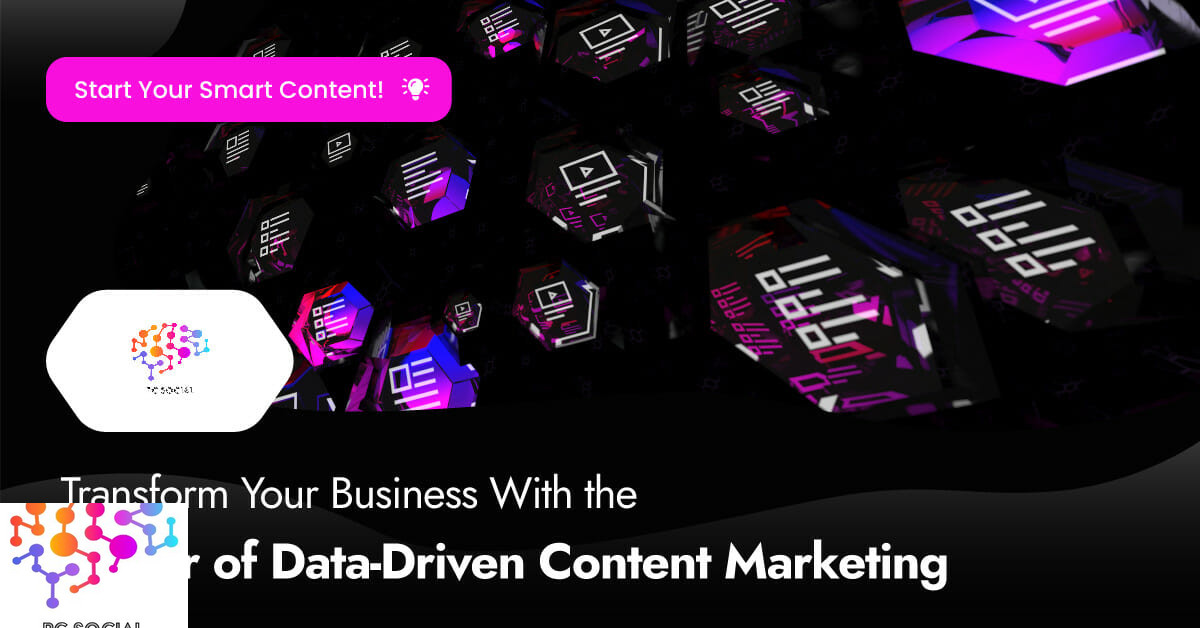

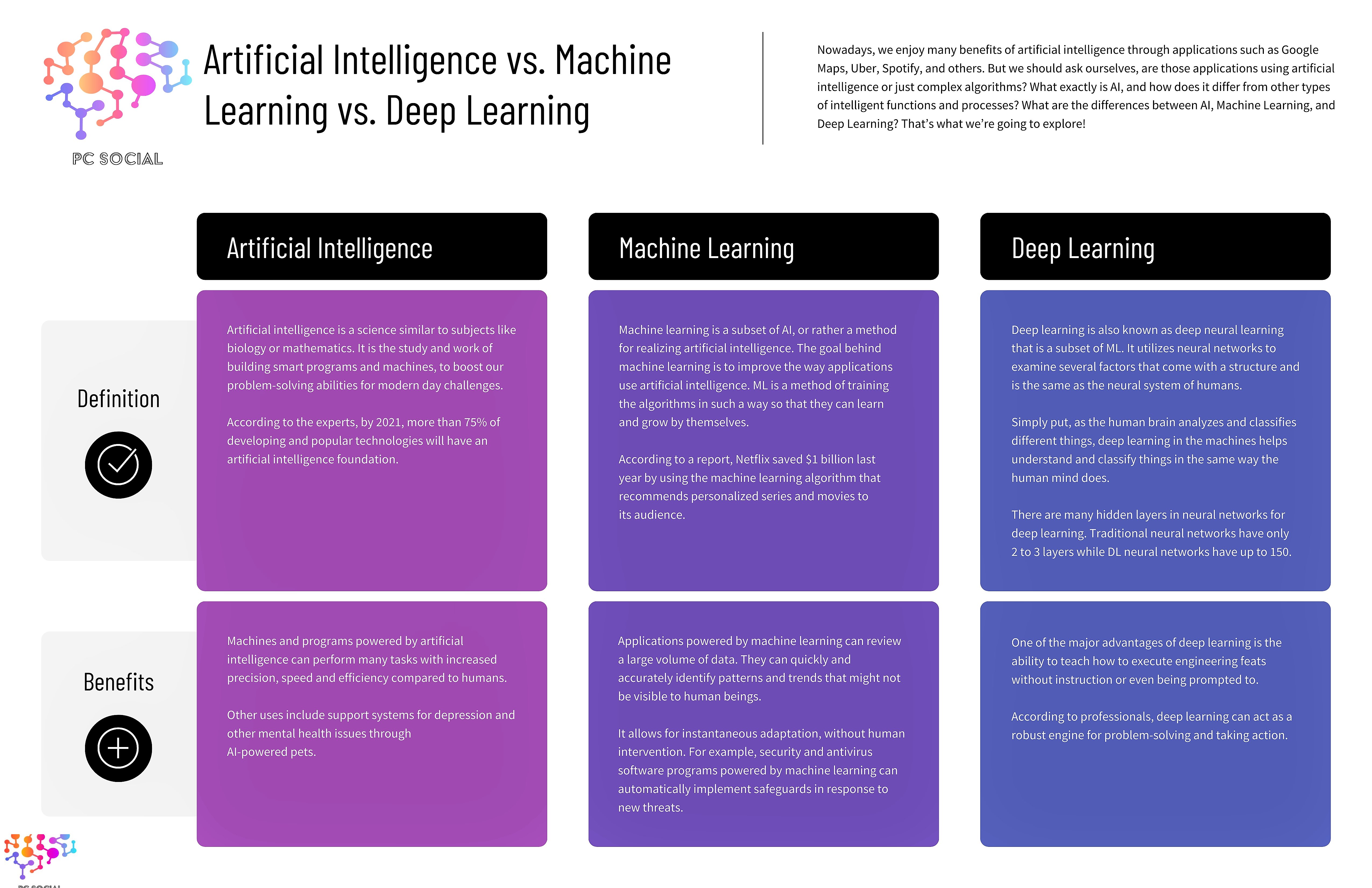
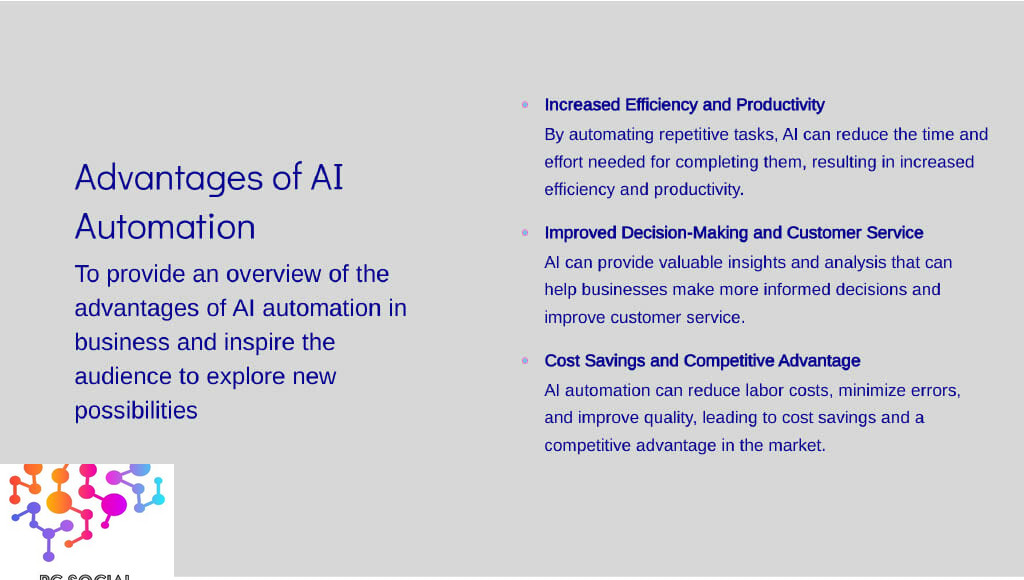



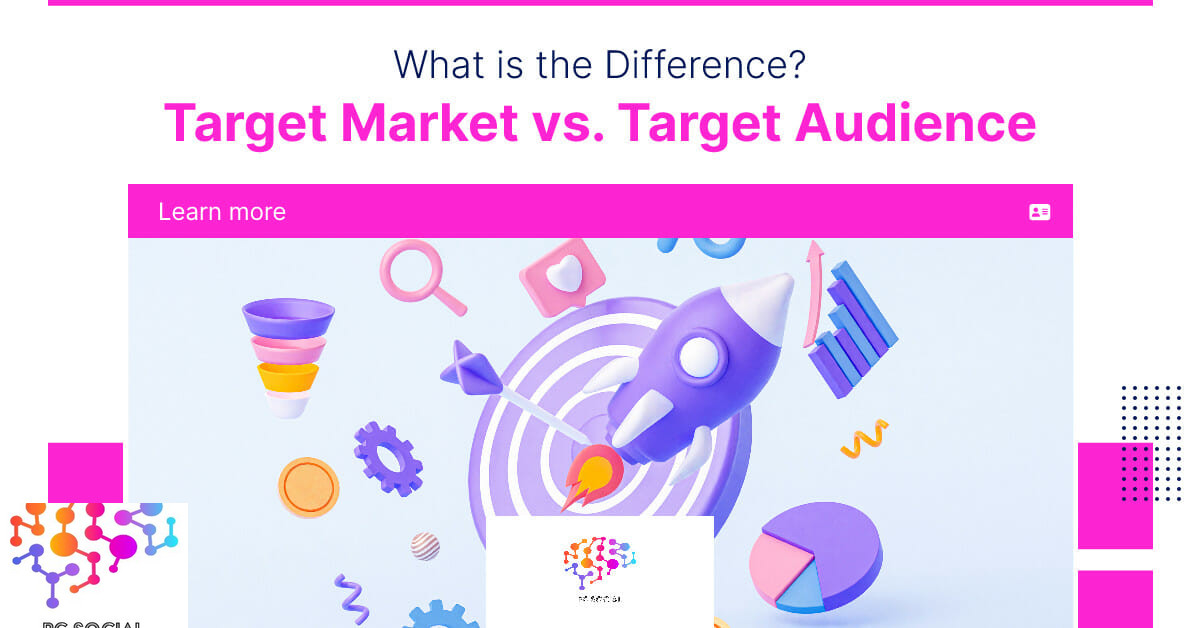

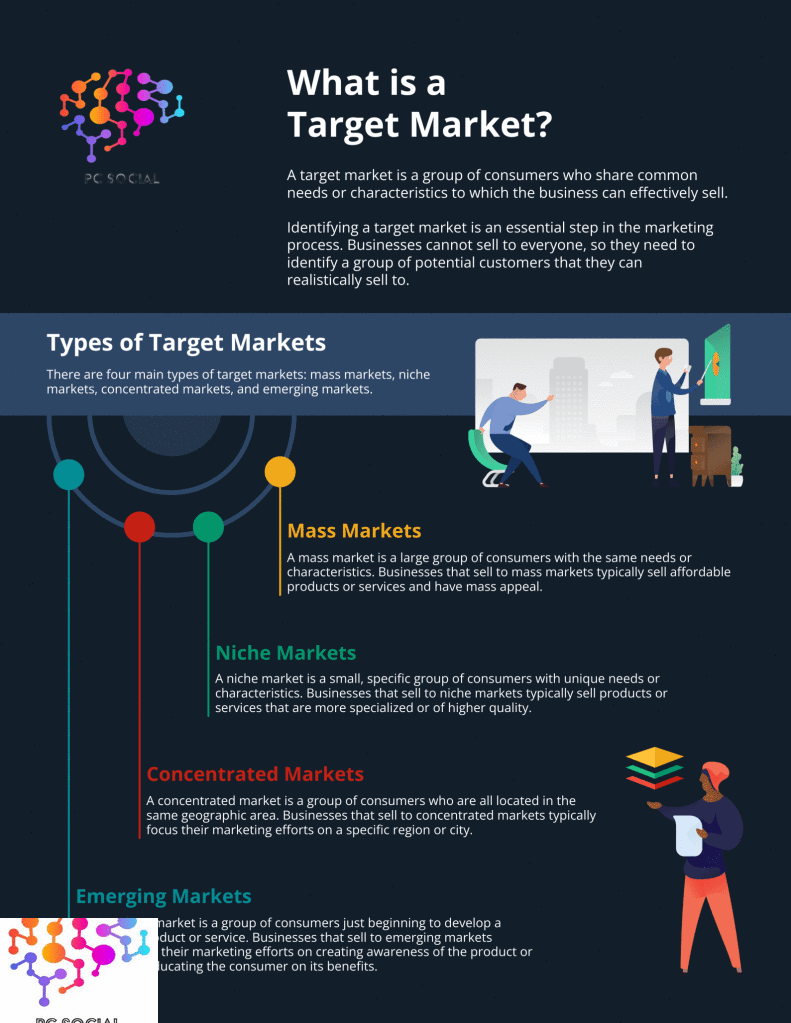


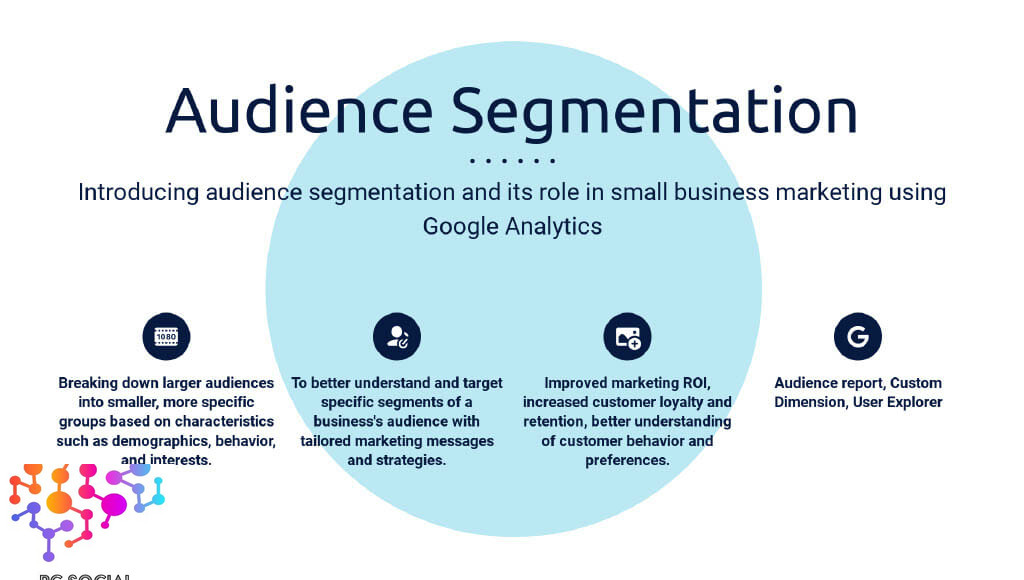

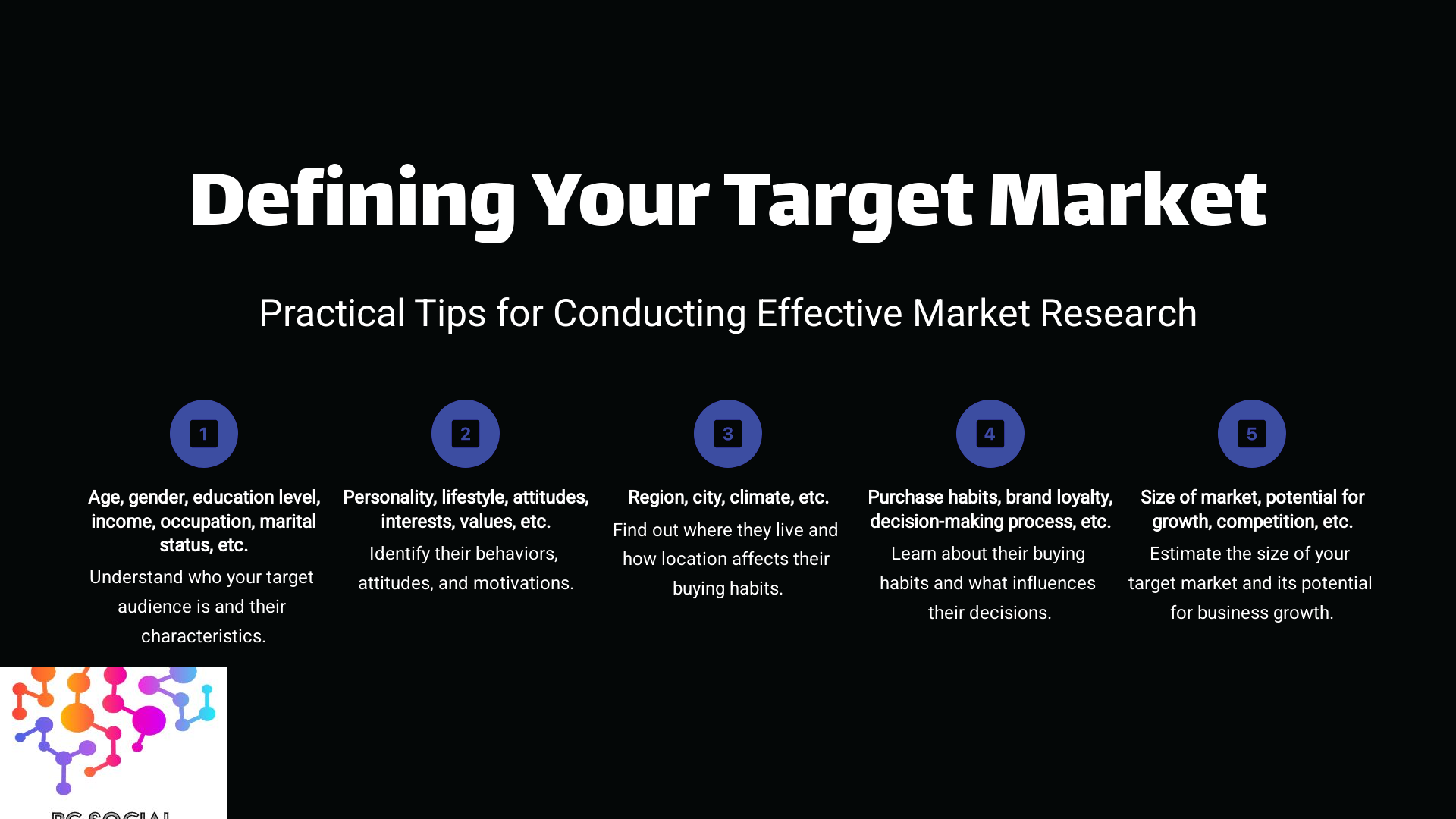


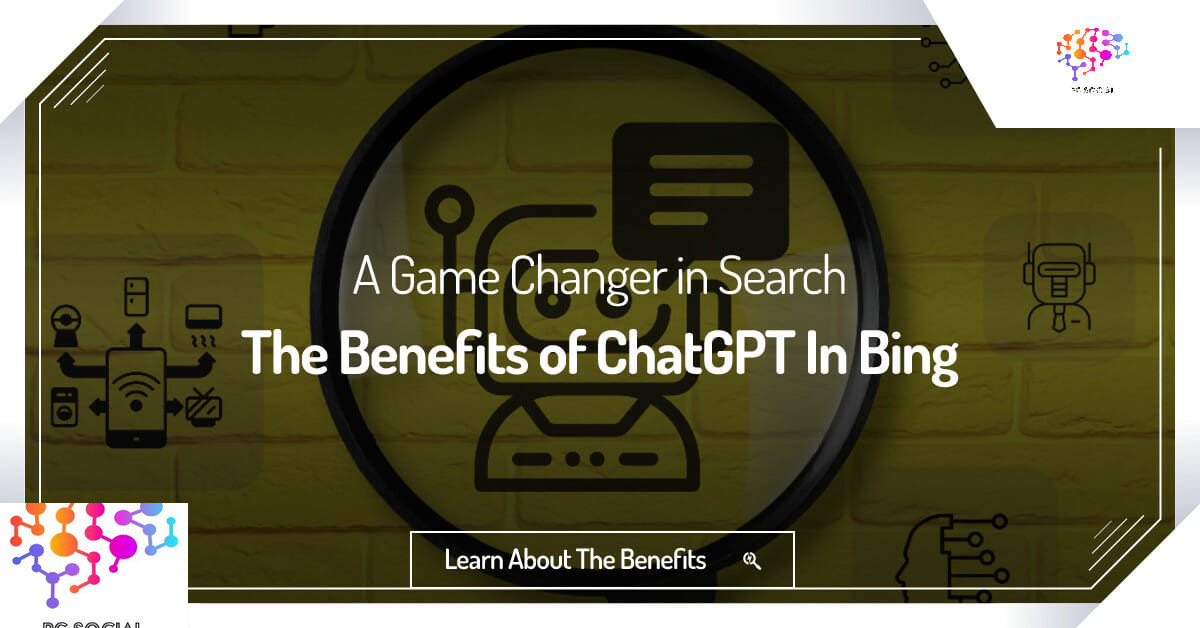

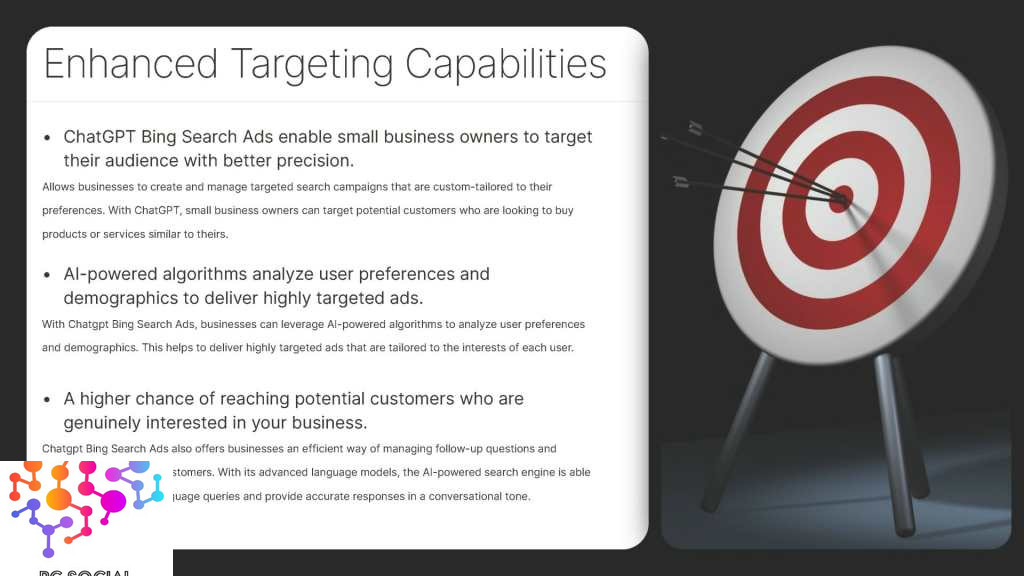
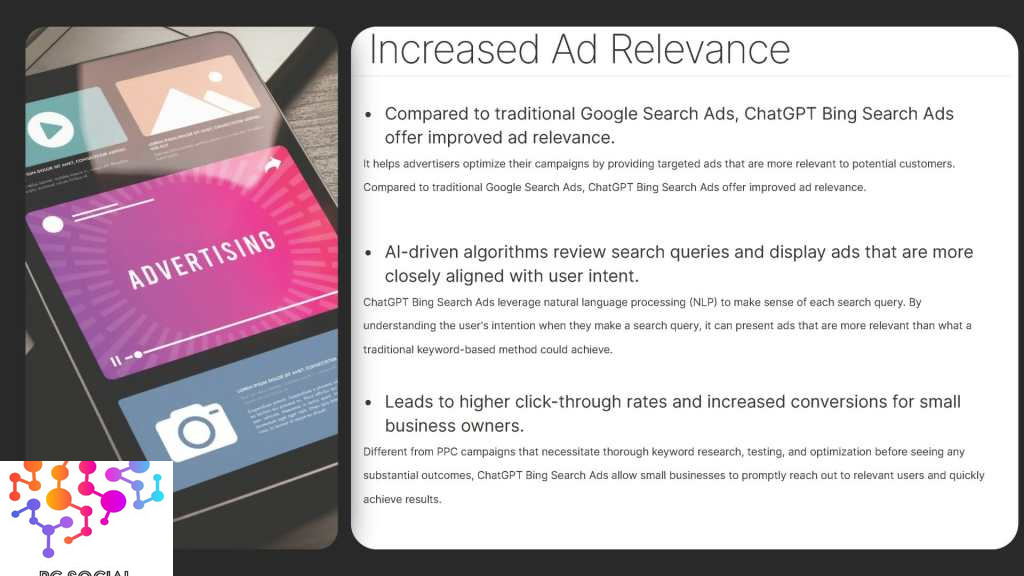
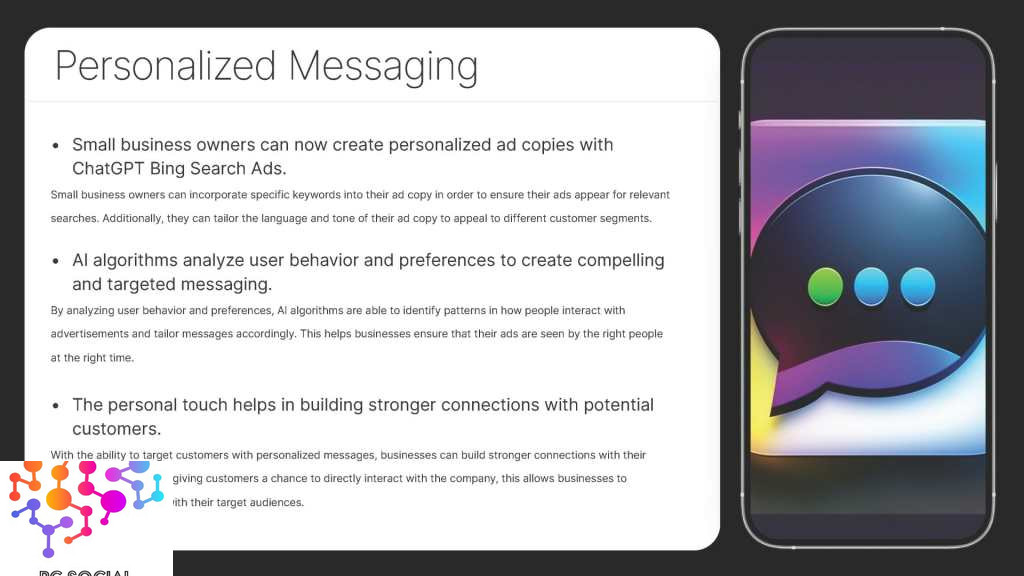
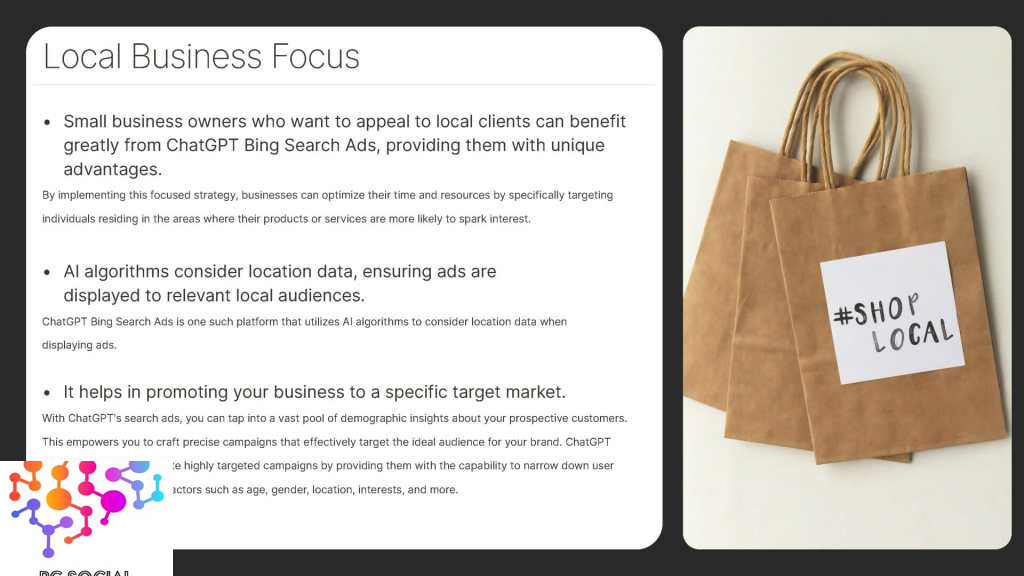
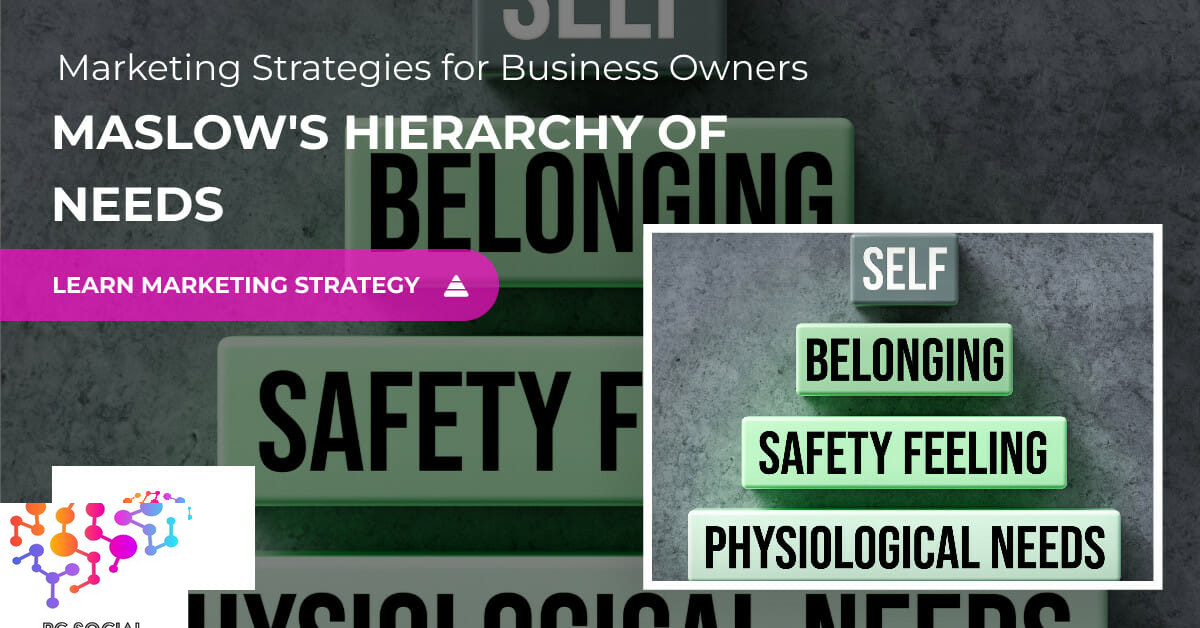

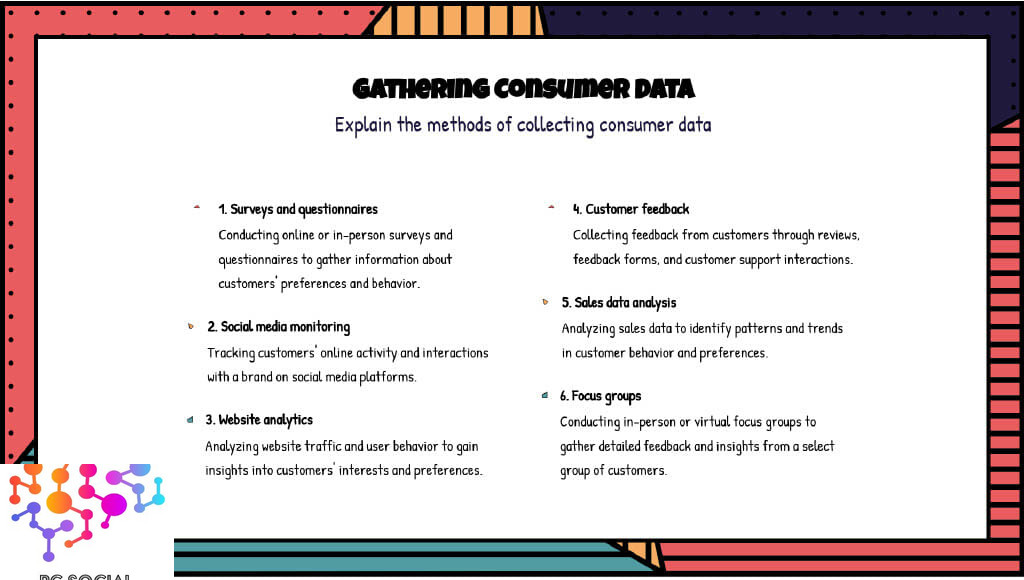
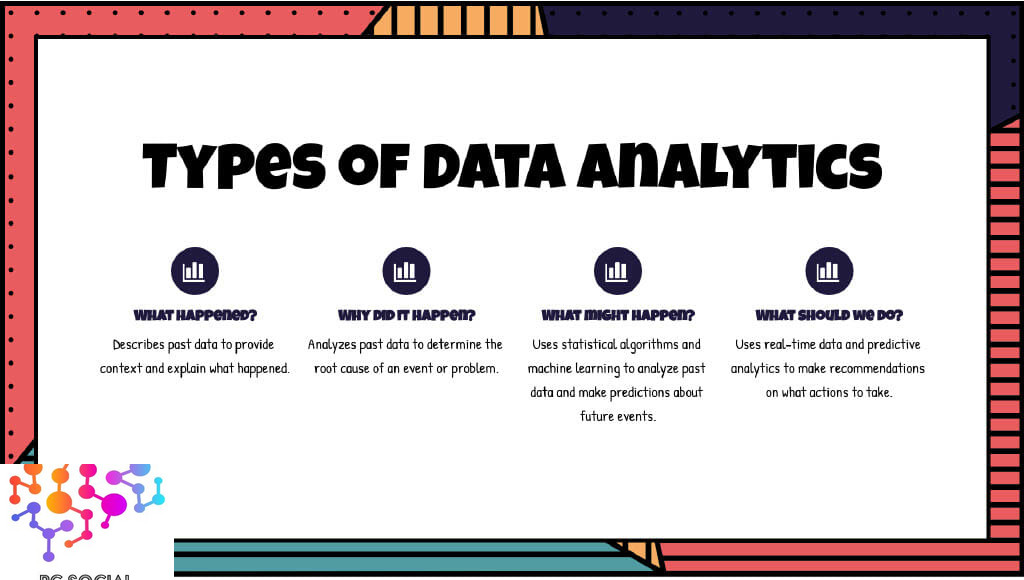

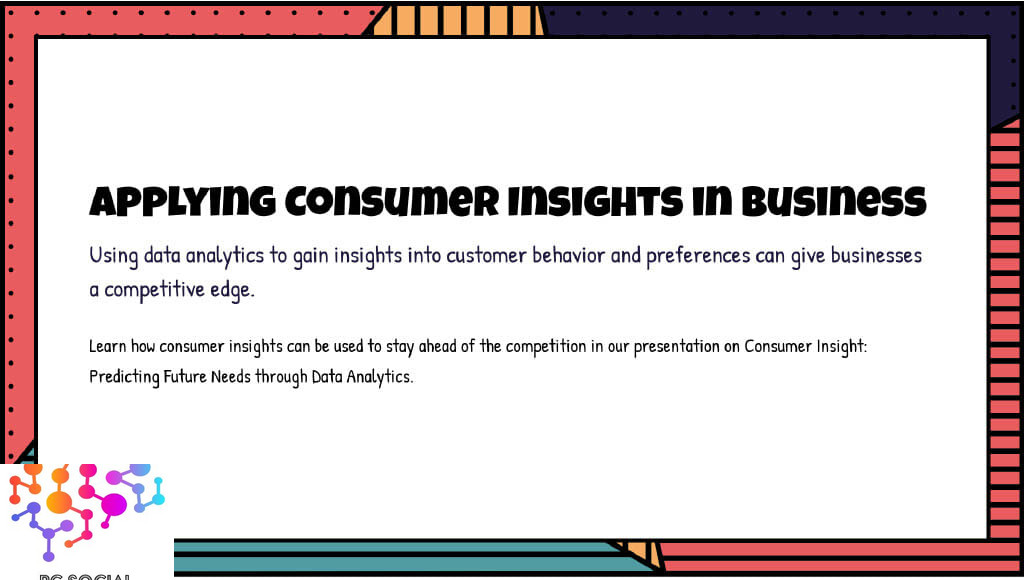

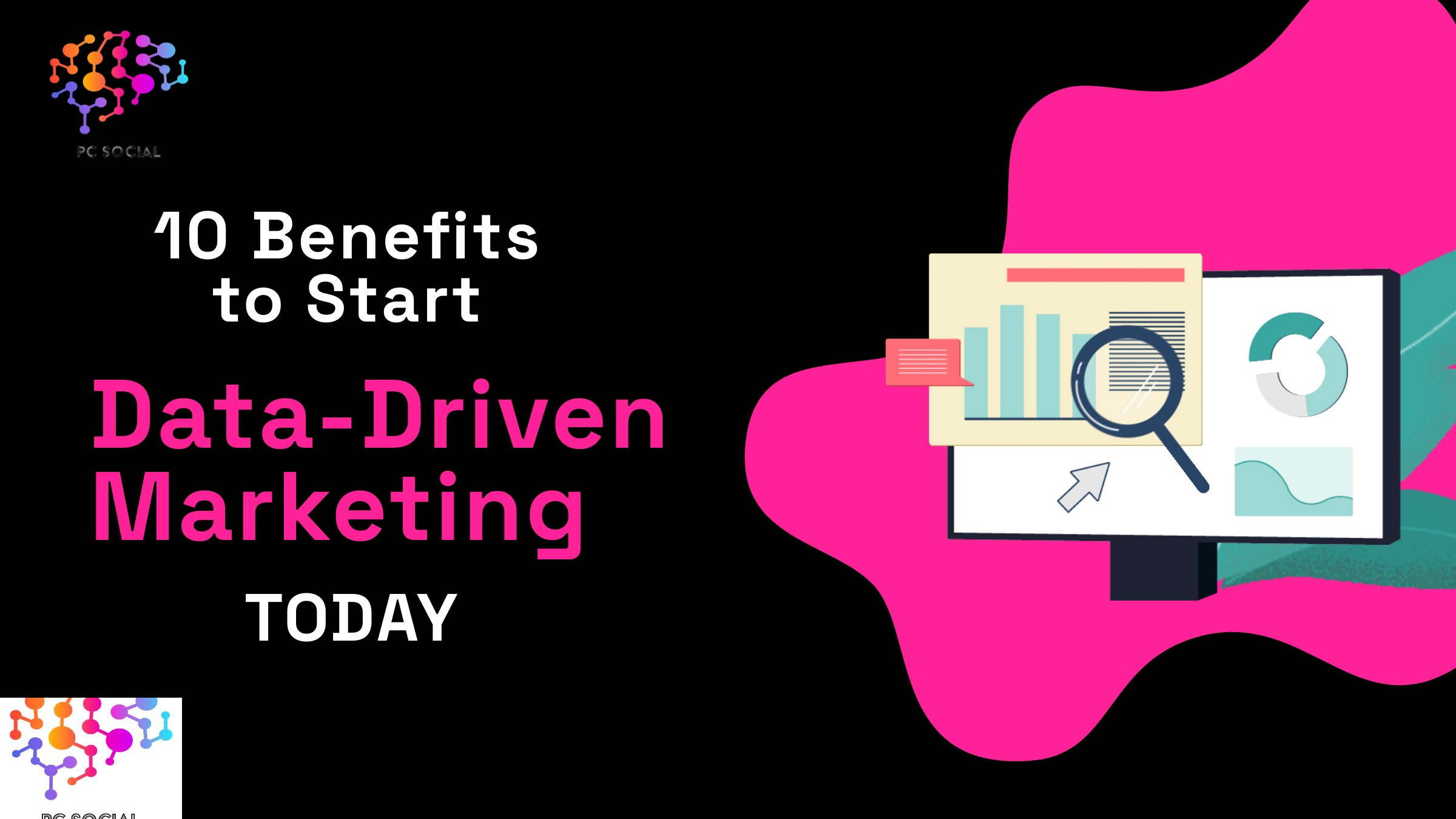

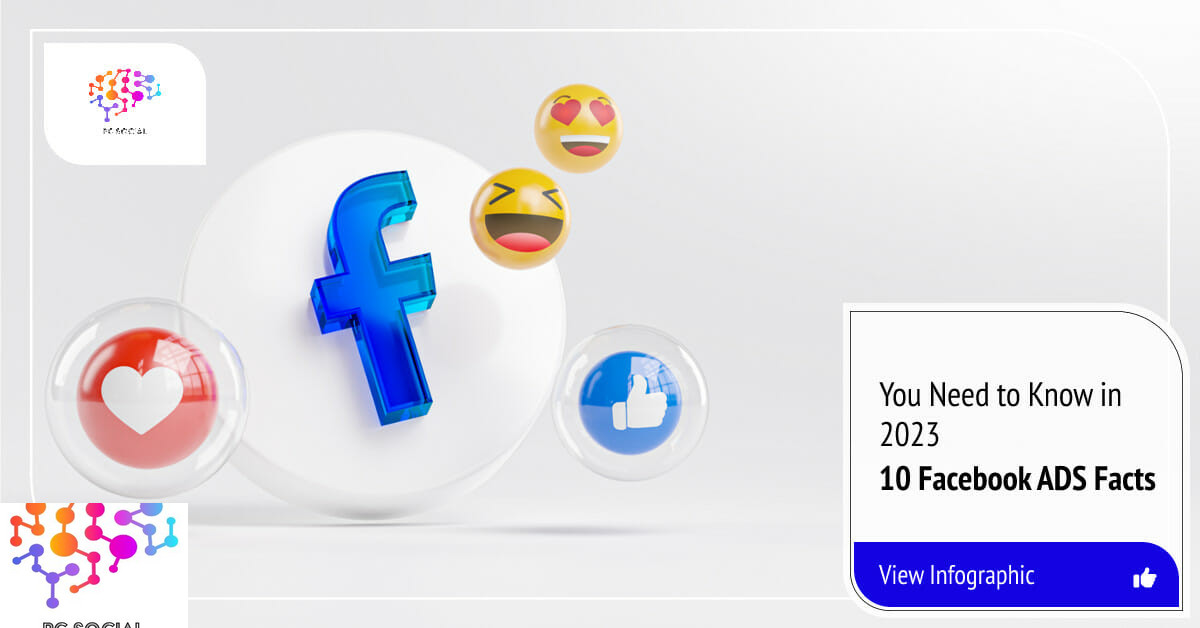
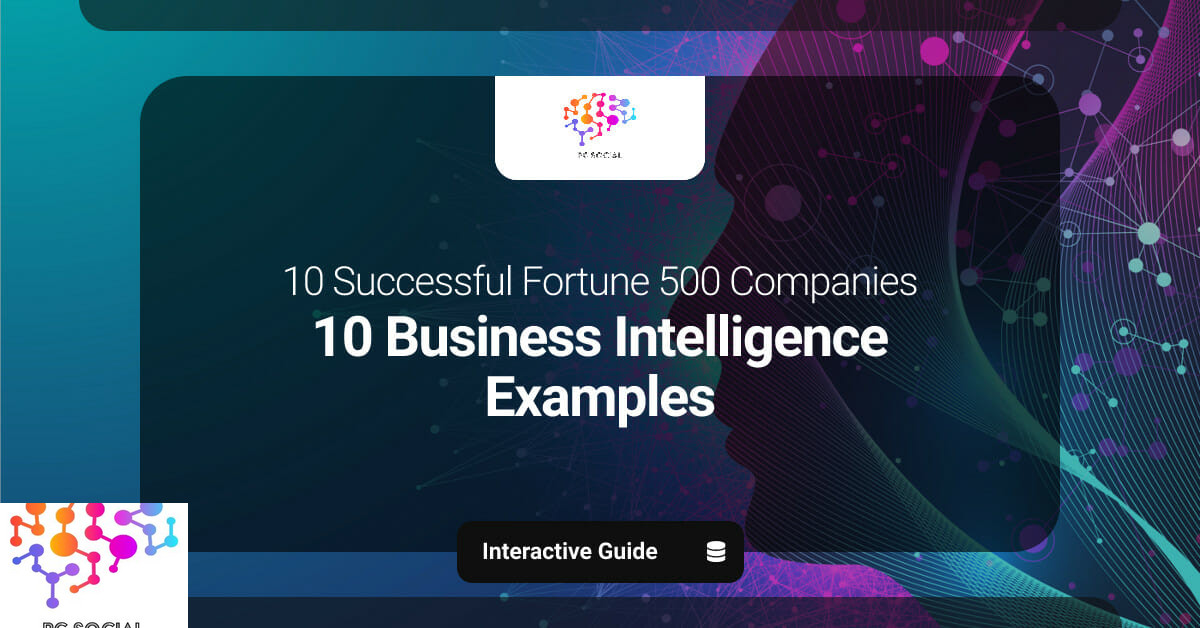
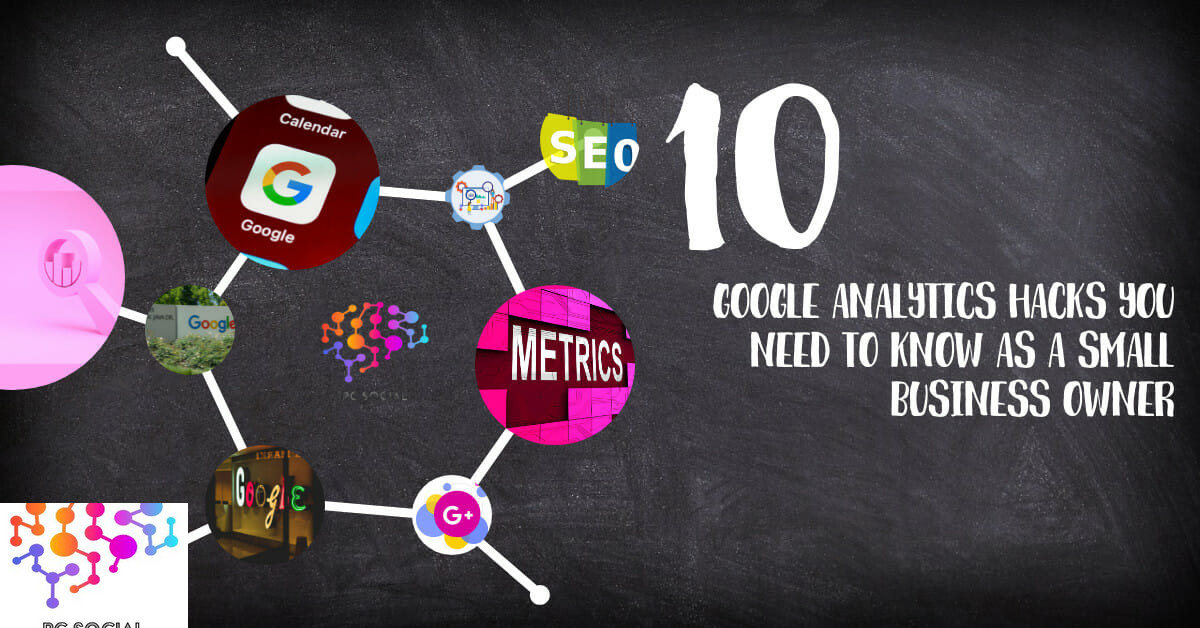
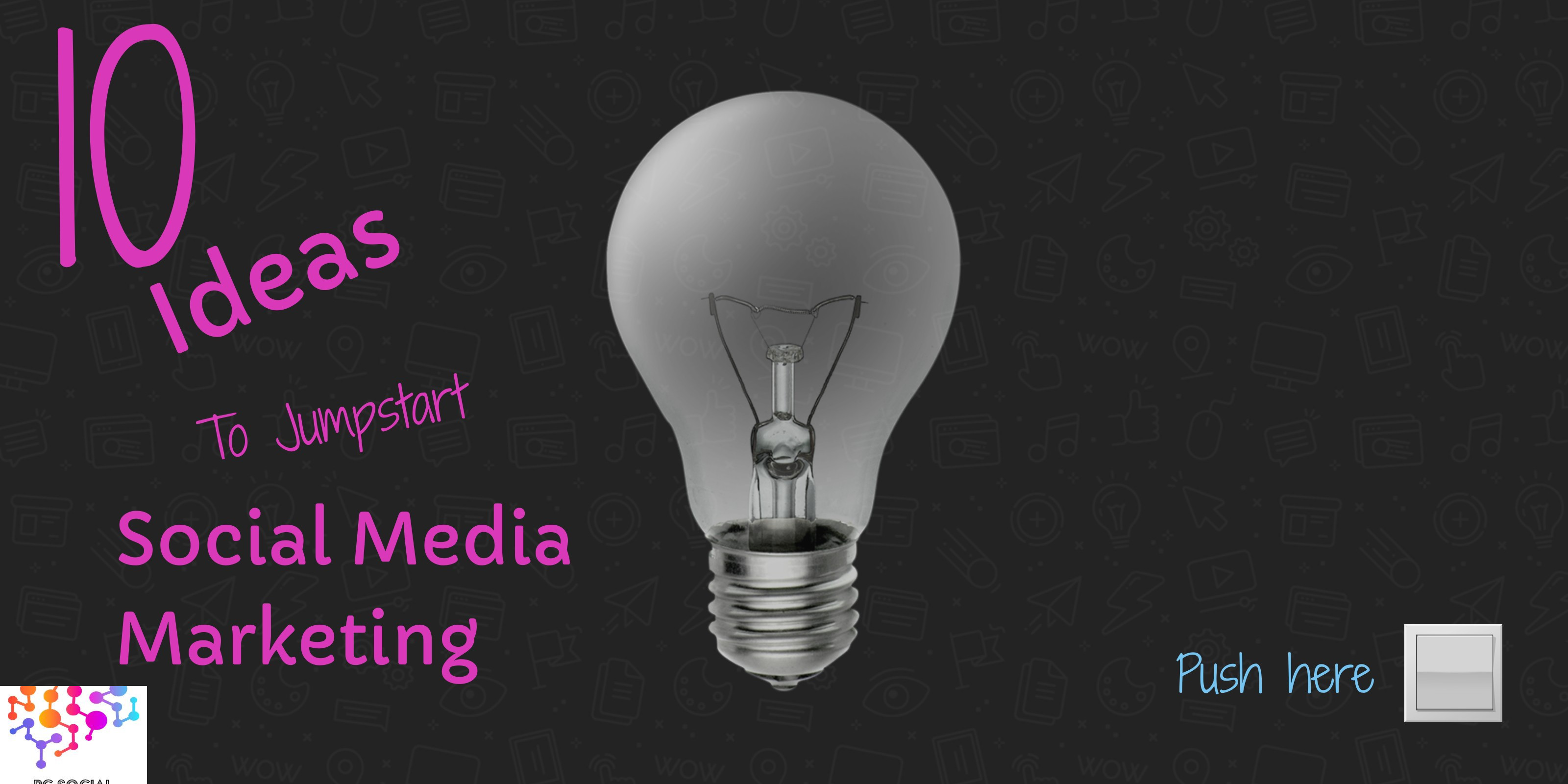

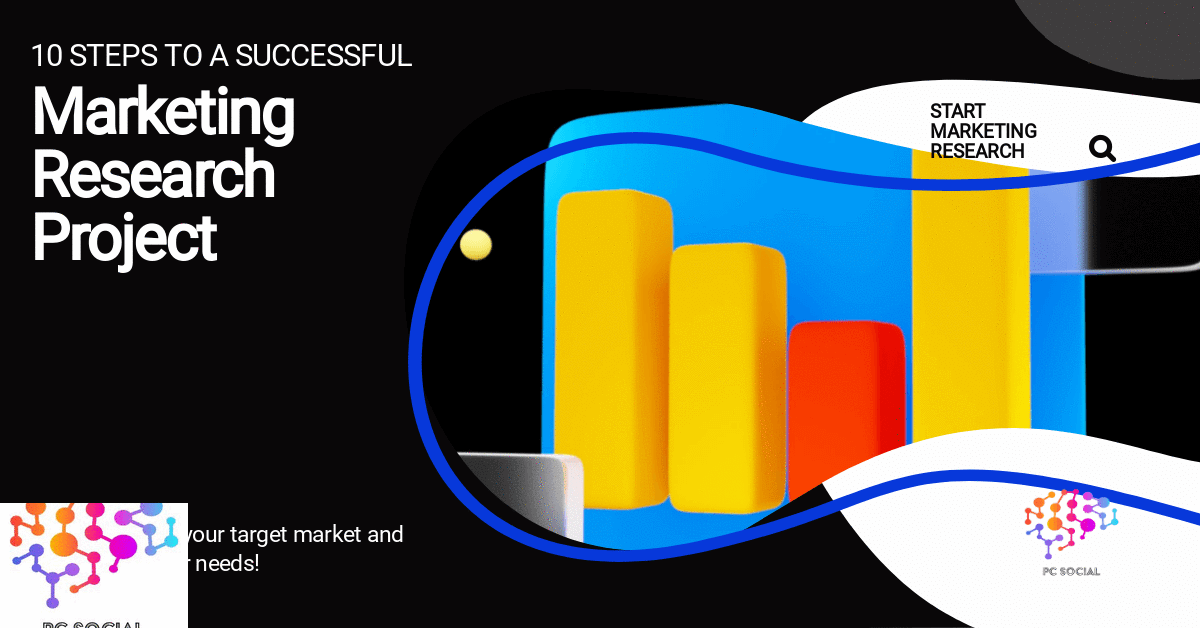
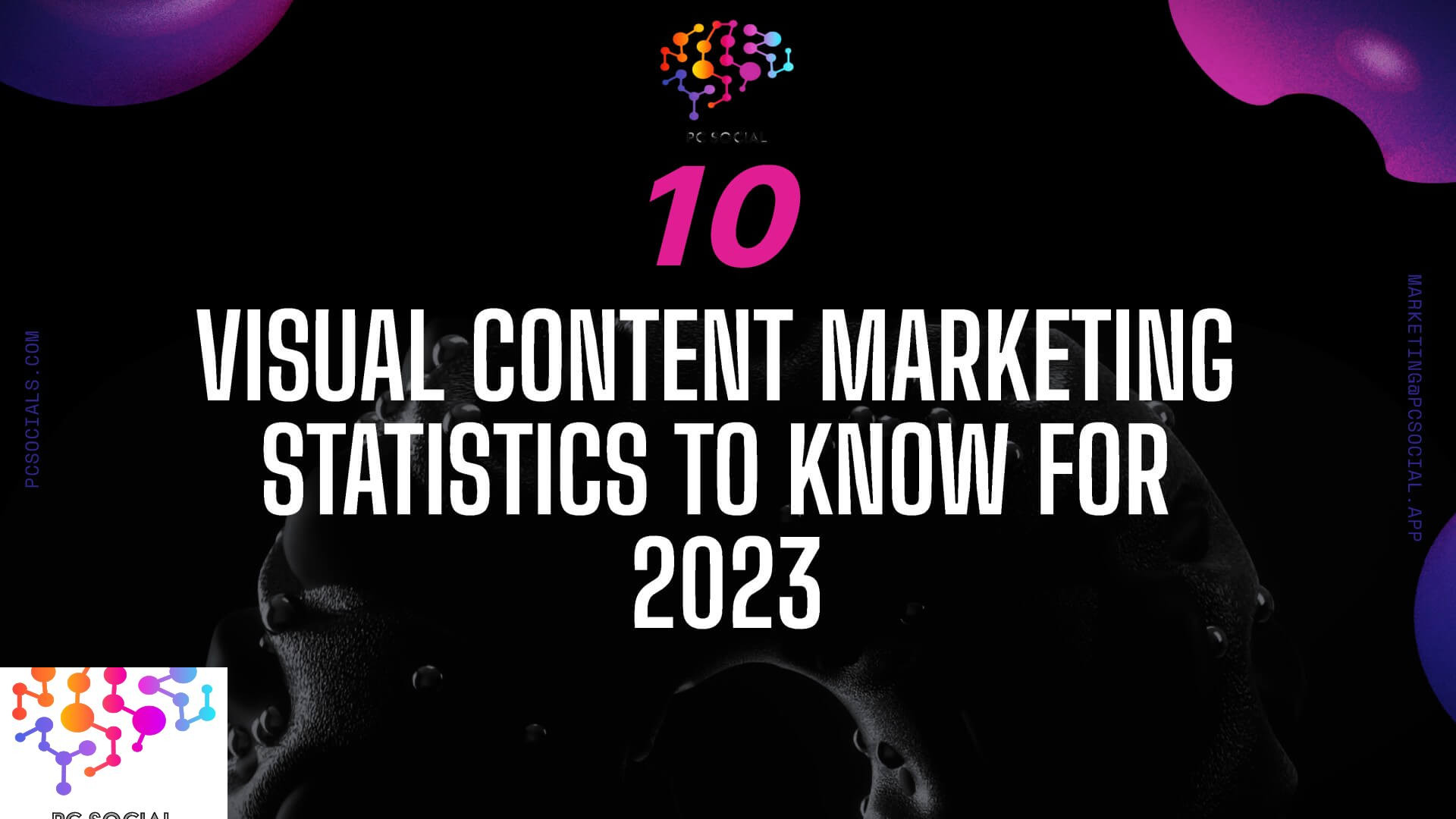


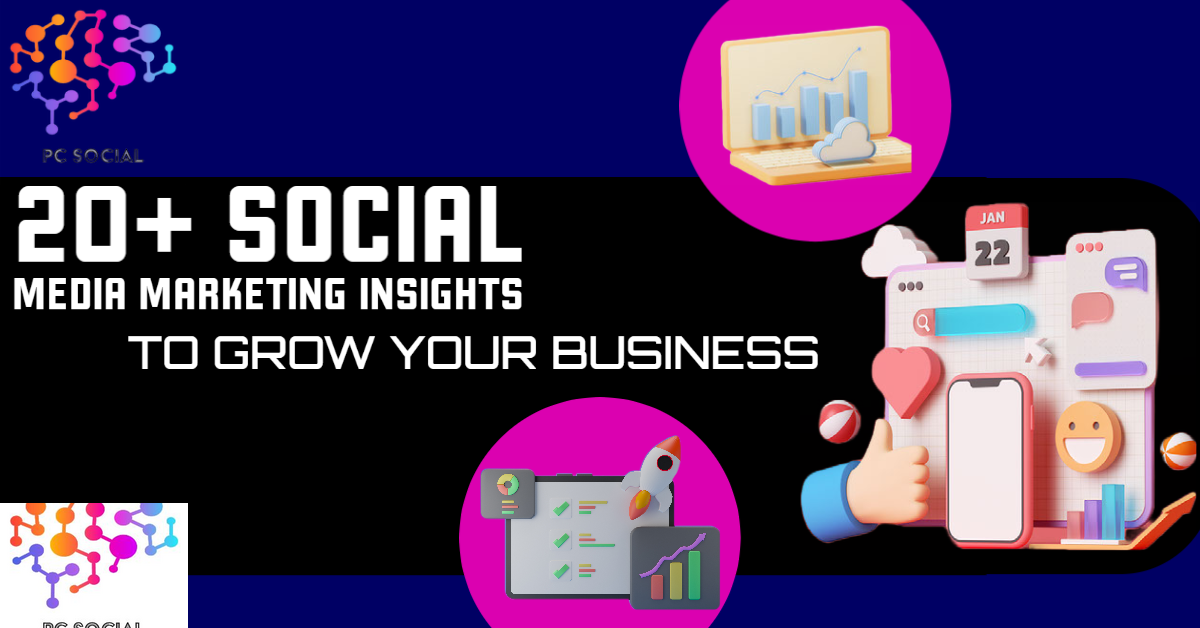
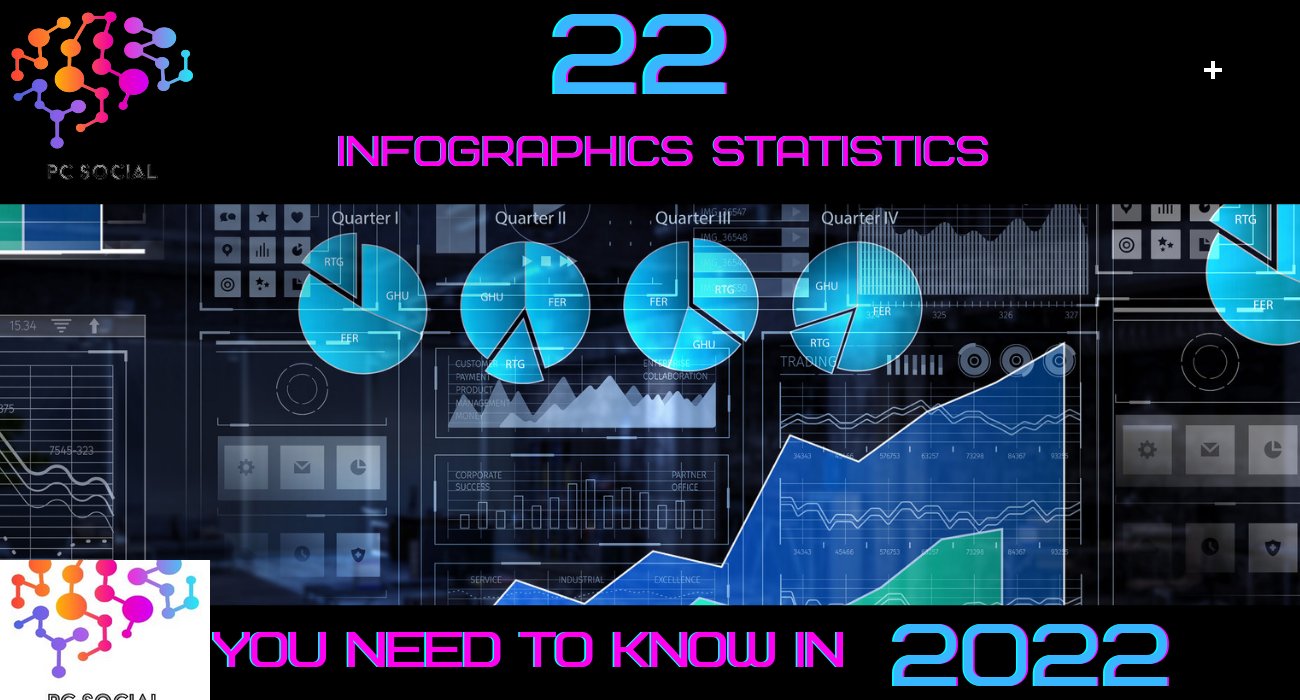
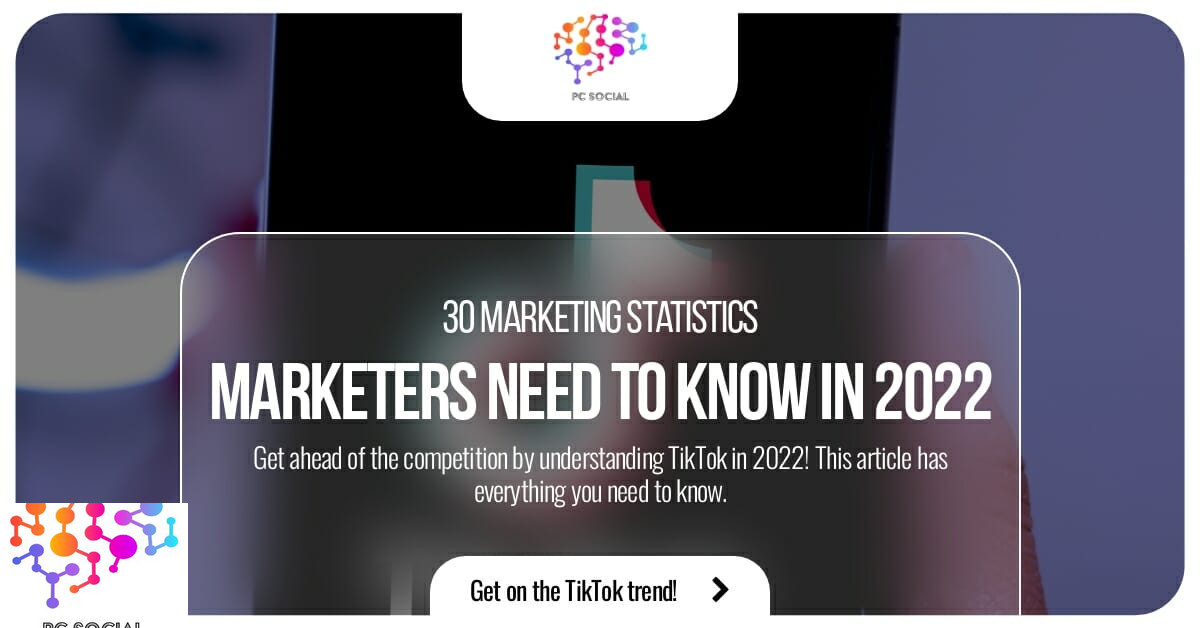
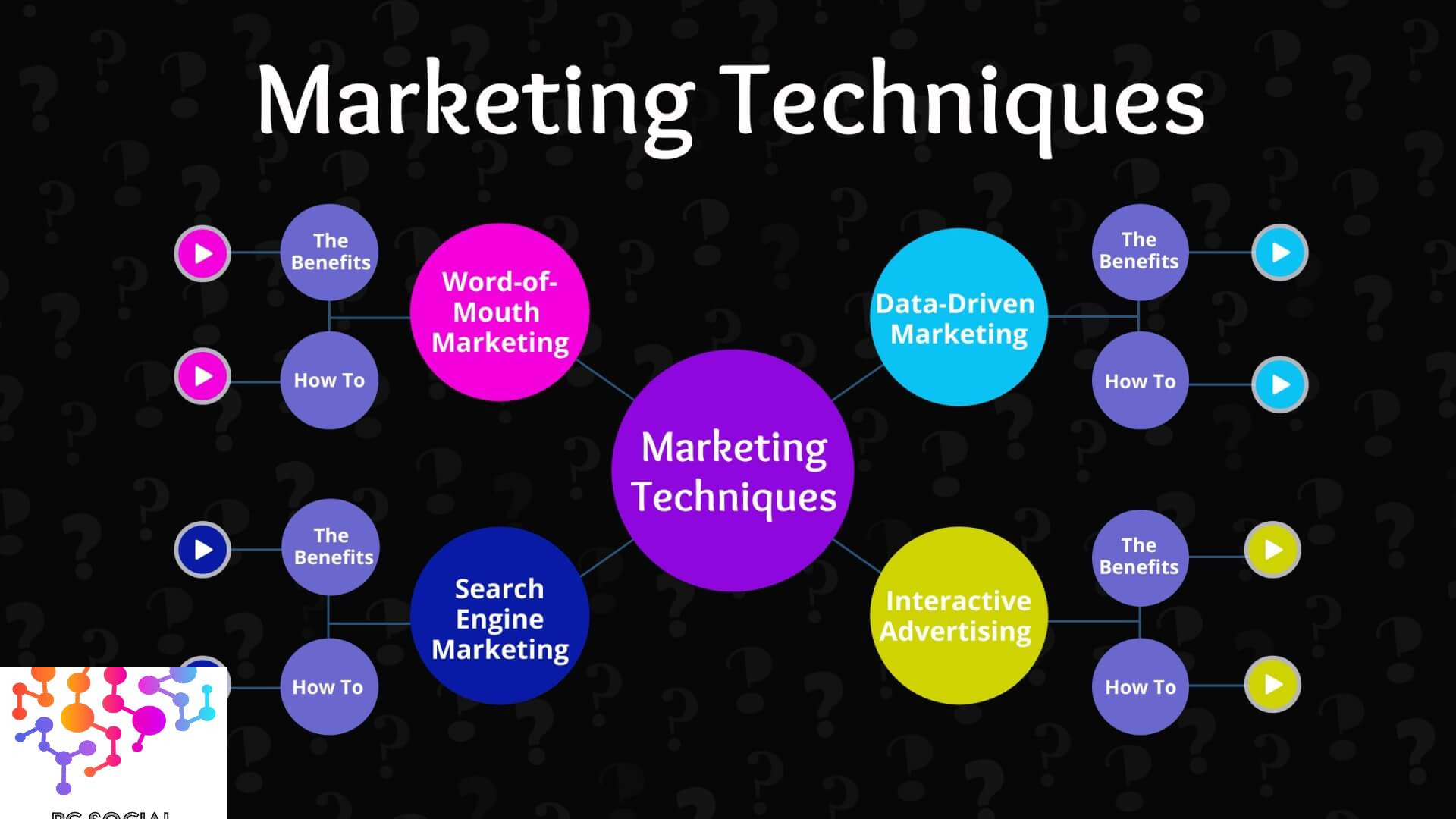



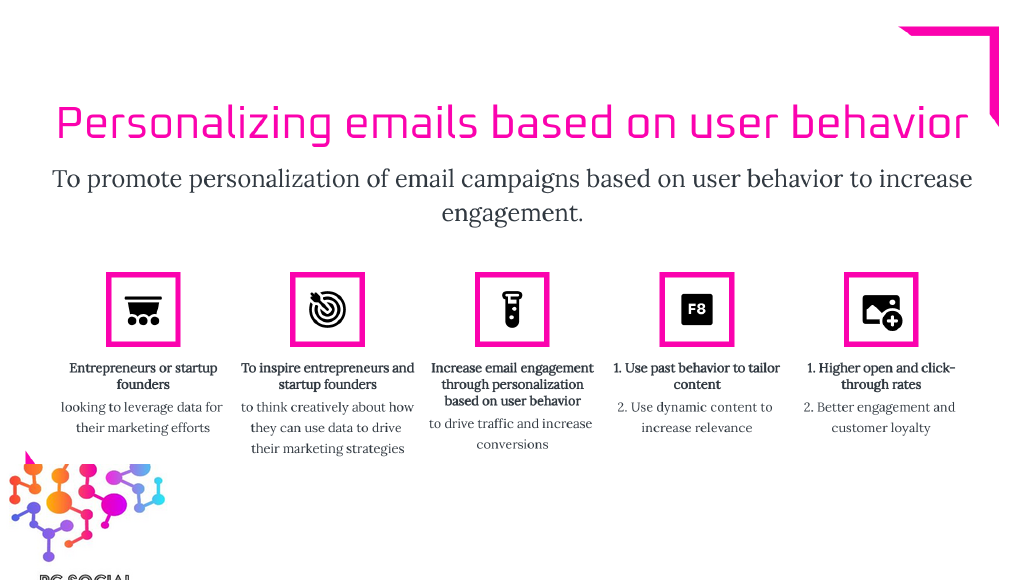

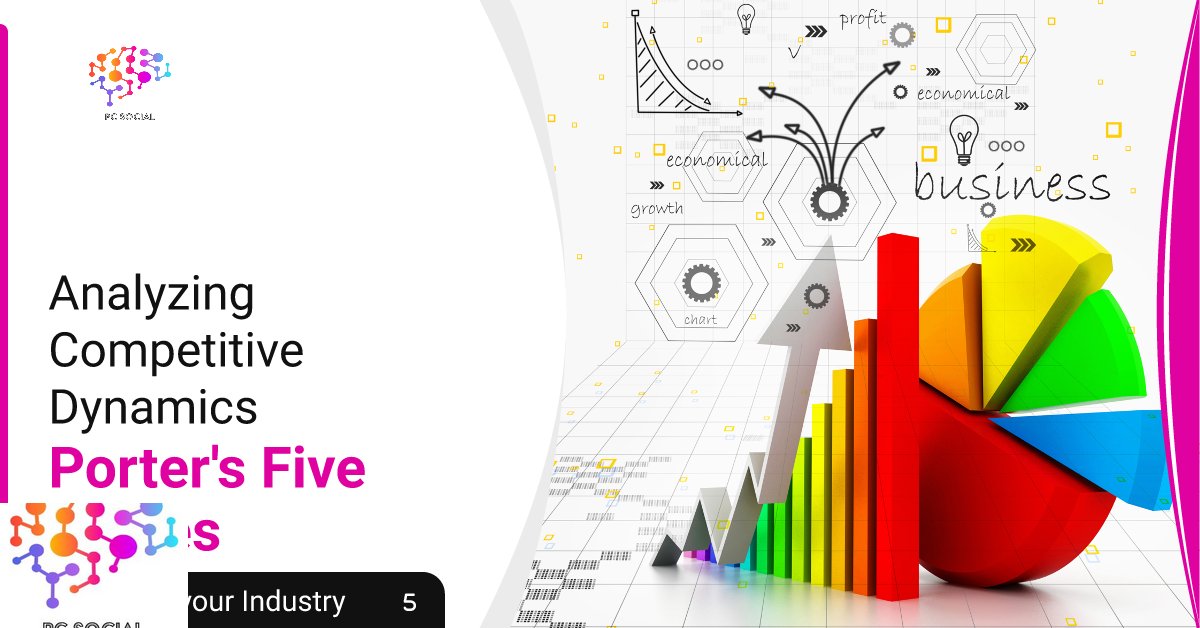
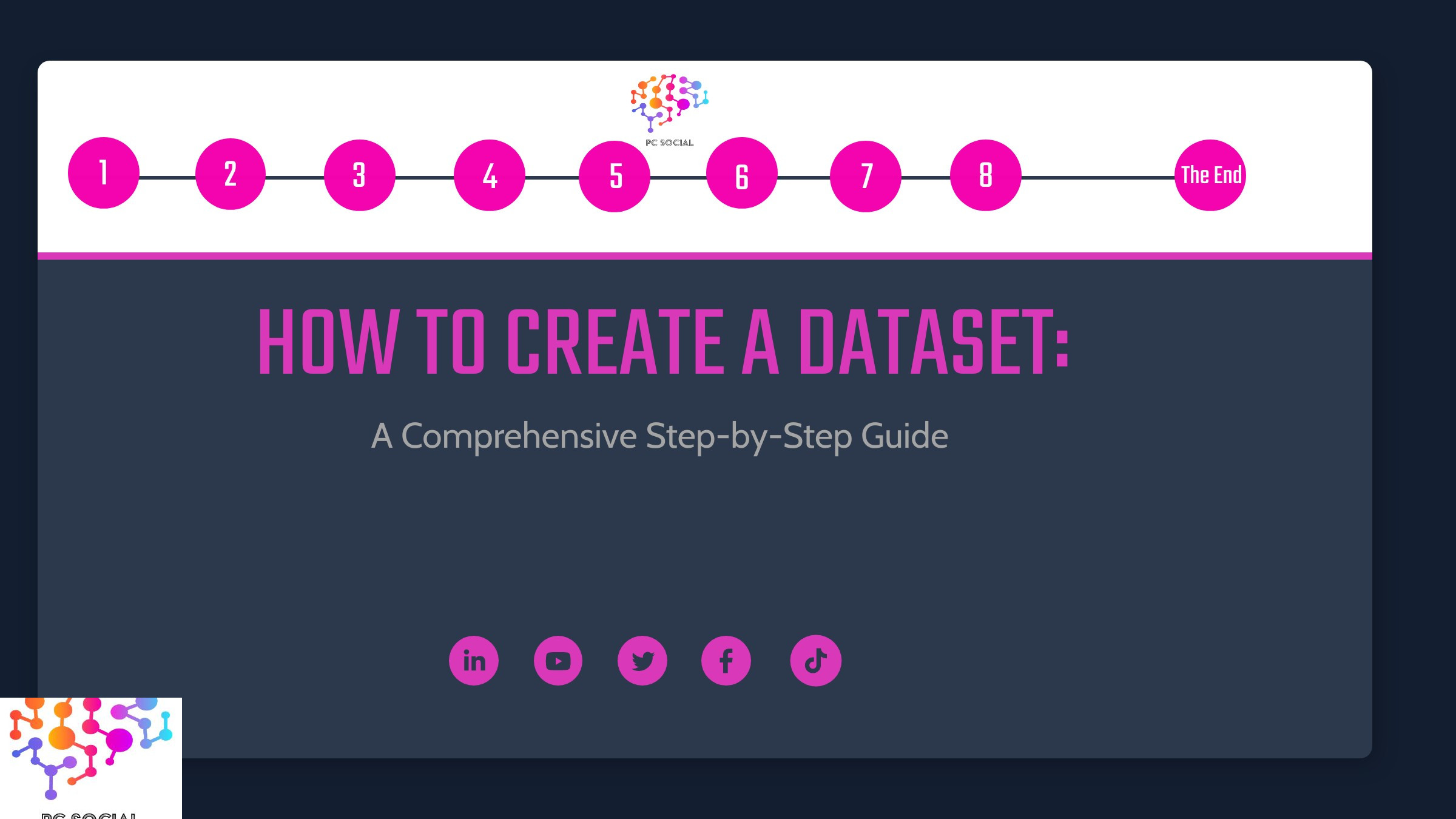
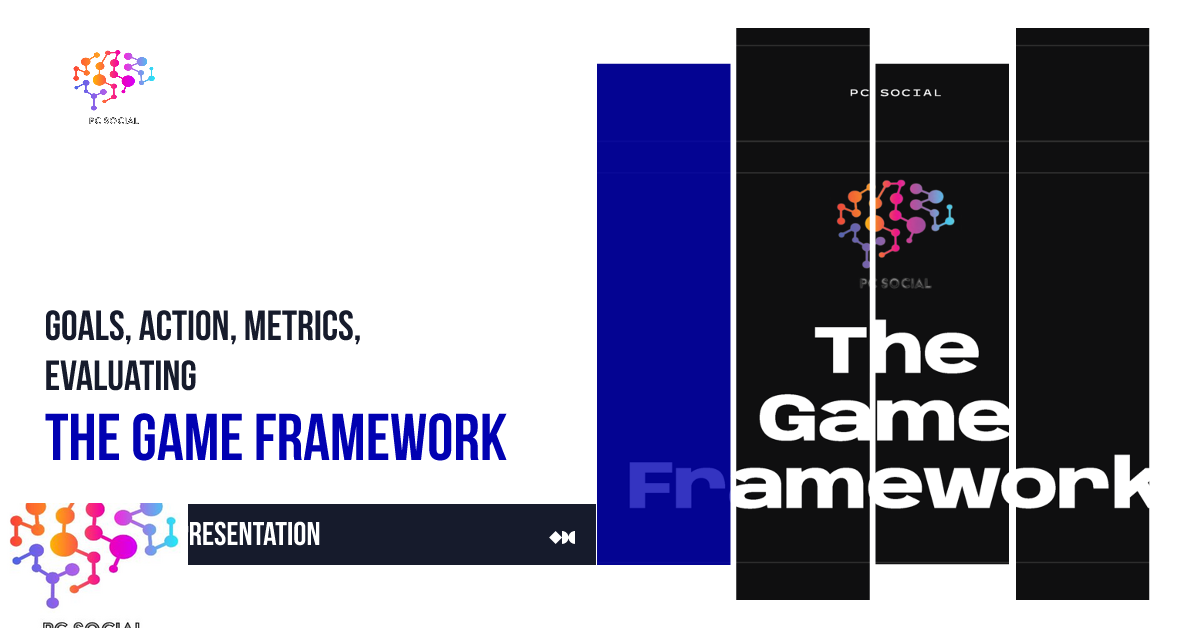
2 Comments
AI Marketing: How It’s Transforming Content Creation
August 29, 2023[…] TrendingThe Power of Data-Driven Content Marketing: How it Can Transform Your Business […]
5 Data-Driven Marketing Strategies for Business Growth -
August 29, 2023[…] TrendingThe Power of Data-Driven Content Marketing: How it Can Transform Your Business […]